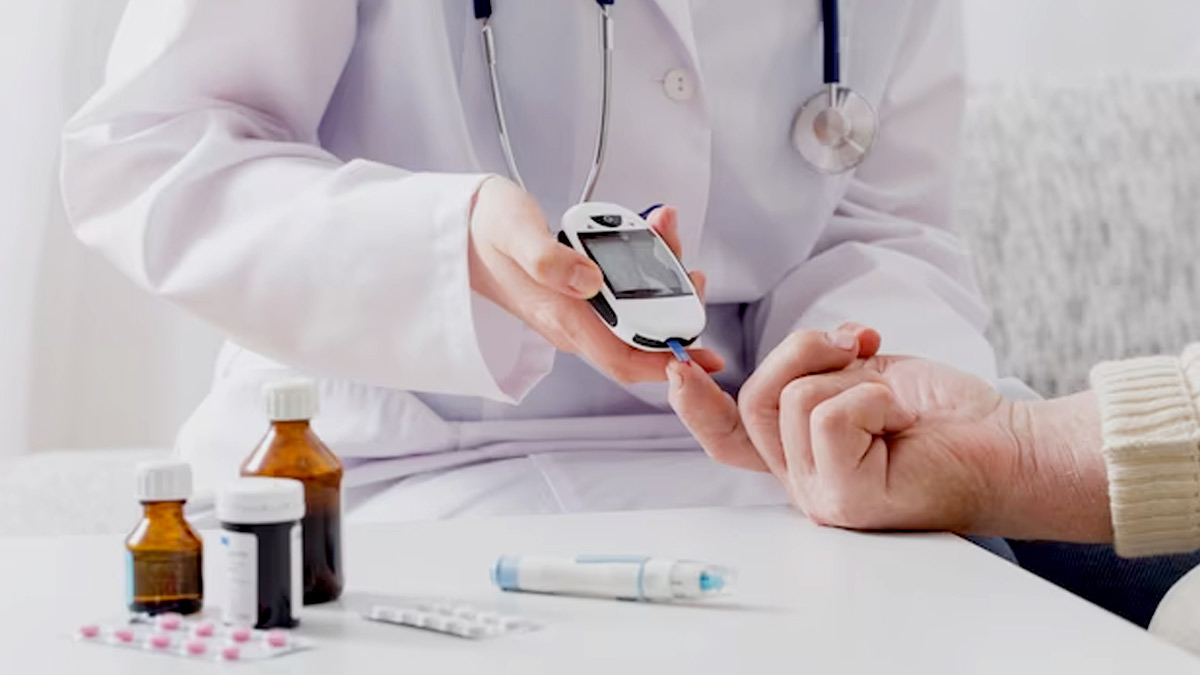
In some cases, diabetes can occur suddenly. This is particularly true for type 1 diabetes, which is an autoimmune condition where the body's immune system attacks and destroys the insulin-producing cells in the pancreas. On the other hand, type 2 diabetes, which is the most common form of diabetes, often develops gradually over time. Then there is something called prediabetes, which is a health condition characterised by elevated blood sugar levels that are higher than normal but not yet in the diabetic range, explained Dr Rajkumar, Sr. Consultant Internal Medicine, Indian Spinal Injuries Centre, New Delhi.
In an interaction with the OnlyMyHealth team, the doctor discusses prediabetes in detail, highlighting why so many people are unaware of the condition.
Also Read: Your Eyes Can Signal High Blood Pressure: Here Are Signs To Watch Out For
What It Means To Be Pre-Diabetic

According to the doctor, prediabetes serves as a warning sign that an individual is at a higher risk of developing type 2 diabetes. It basically indicates that your body is becoming less efficient at processing glucose (sugar), which can lead to complications if left unmanaged.
Being diagnosed with prediabetes is like an opportunity that encourages you to take proactive steps to prevent or delay the progression to diabetes. It serves as a call to make important lifestyle changes, such as adopting a healthier diet, increasing physical activity, losing weight if necessary, and quitting smoking if applicable. These changes can help improve insulin sensitivity, regulate blood sugar levels, and reduce the risk of developing diabetes and associated complications.
However, most people do not know they’re prediabetic. In fact, according to the US Centers for Disease Control and Prevention (CDC), the majority of people with prediabetes are unaware of their condition because unlike the more pronounced symptoms of diabetes, prediabetes often presents with milder or even no noticeable signs.
In India, the estimated prevalence of prediabetes is 14 per cent in India, as per the National Urban Diabetes Survey.
What Causes Prediabetes?

Prediabetes occurs typically due to insulin resistance or impaired glucose metabolism. The CDC explains, “Insulin is a hormone made by your pancreas that acts like a key to let blood sugar into cells for use as energy. If you have prediabetes, the cells in your body don’t respond normally to insulin. Your pancreas makes more insulin to try to get cells to respond. Eventually your pancreas can’t keep up, and your blood sugar rises, setting the stage for prediabetes and type 2 diabetes down the road.”
Also Read: If You're Suffering From Acidity, Here's The Right Way To Take Antacids As Per An Expert
Subtle Signs Of Prediabetes
Some of the signs of prediabetes include:
- Increased thirst
- Frequent urination
- Unexplained fatigue
- Blurred vision
- Slow-healing wounds
“If these symptoms persist or if there is a family history of diabetes, one must consult a healthcare professional for further evaluation and testing,” said Dr Rajkumar, adding “Lifestyle modifications play a key role in managing the condition and can significantly delay or even prevent the onset of diabetes.”
Measures To Take

Here are a few steps you can take to delay or prevent diabetes:
- Adopting a balanced and nutritious diet
- Engaging in regular physical activity
- Maintaining a healthy weight
- Managing stress levels
- Avoiding tobacco and excessive alcohol consumption
According to the doctor, regular check-ups and screenings are also essential to monitor blood sugar levels and identify any changes in the condition.







